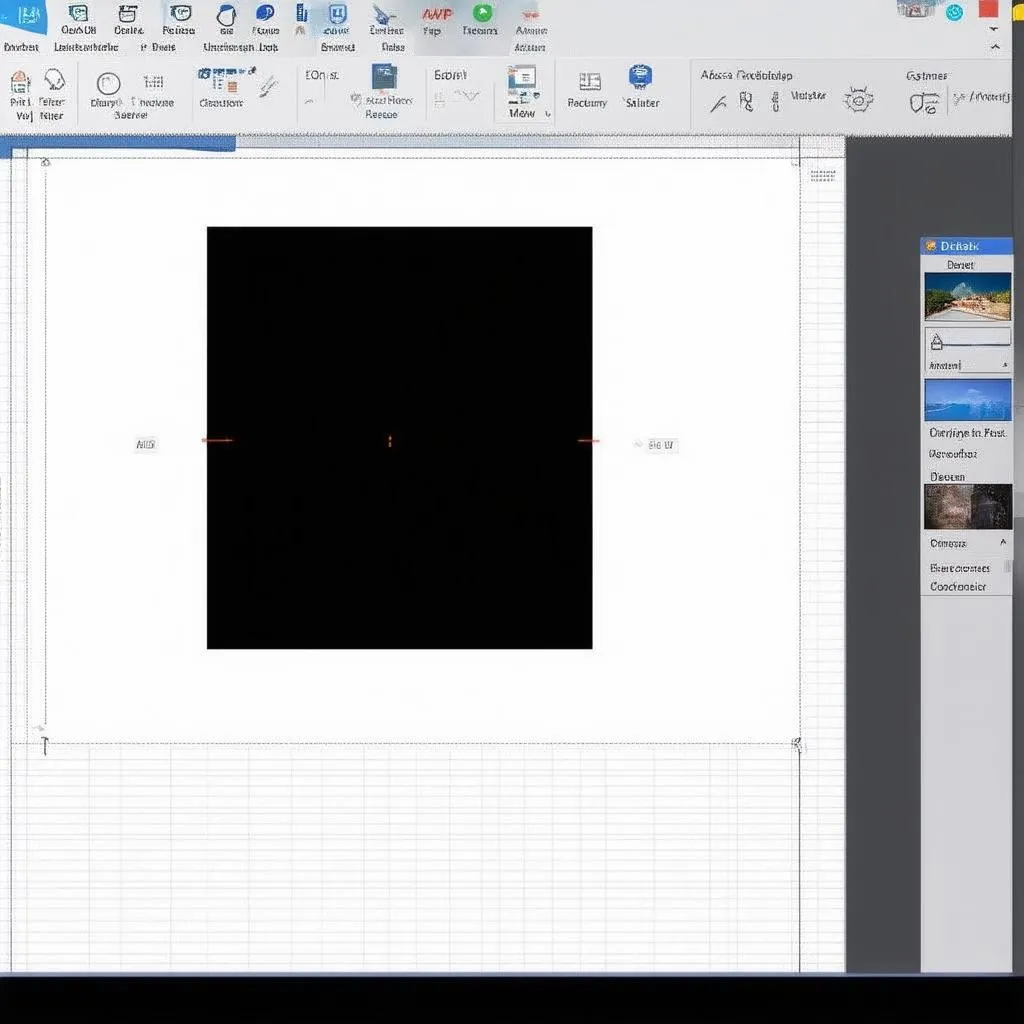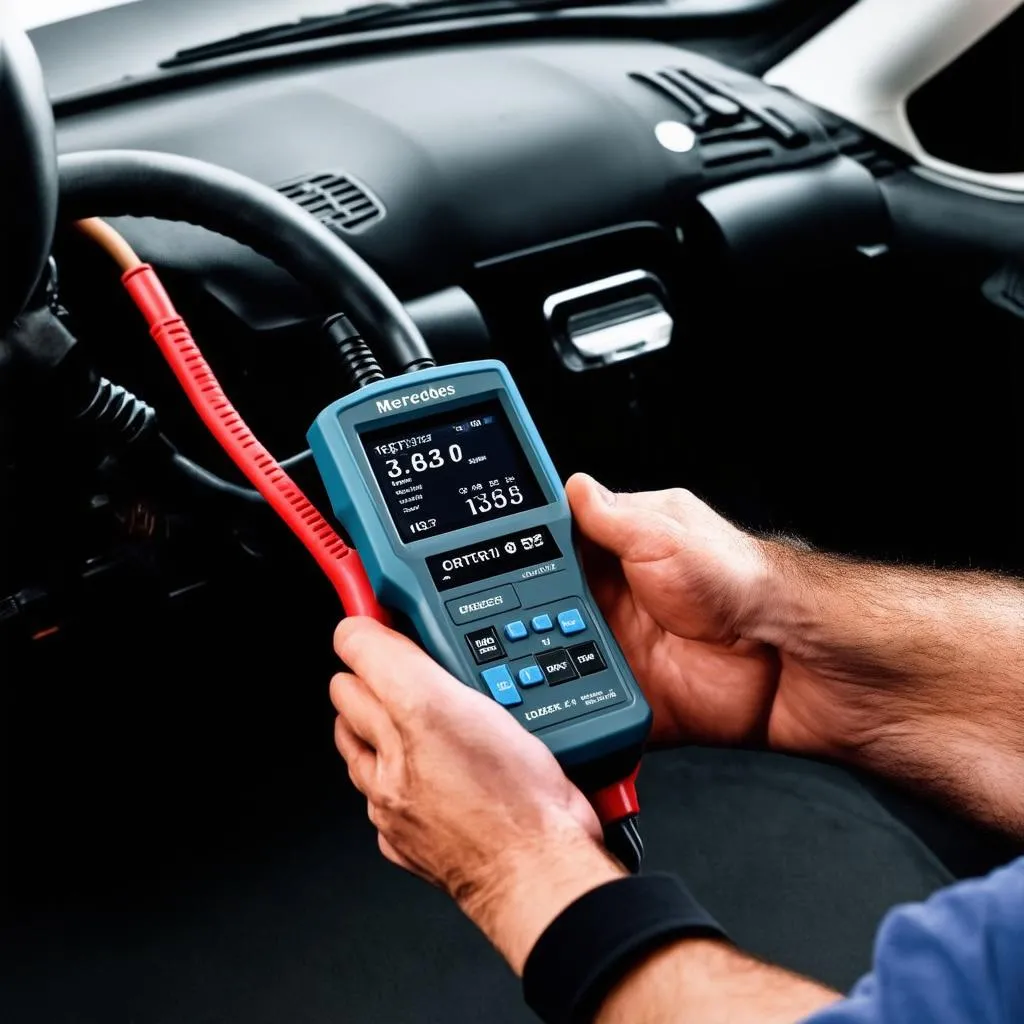In a world where digital images reign supreme, managing their size is crucial. Whether you’re sharing photos online, storing them efficiently, or optimizing website loading speed, knowing how to resize photos from MB to KB is essential. This guide explores the ins and outs of photo resizing, delving into the software options available and providing a comprehensive understanding of this crucial process.
Understanding Image Size: MB vs. KB
Before we delve into the software, let’s clarify the difference between MB (Megabytes) and KB (Kilobytes). Both units measure digital storage, but understanding their relationship is key.
- 1 Megabyte (MB) equals 1024 Kilobytes (KB)
Therefore, when you resize a photo from MB to KB, you are essentially reducing its file size. This reduction can significantly impact various aspects of your digital life, from faster upload and download speeds to smoother website performance.
Why Resize Photos?
Resizing your photos offers numerous benefits:
- Faster Uploads and Downloads: Smaller files transfer much faster, whether you’re emailing photos, uploading them to social media, or backing them up to the cloud.
- Reduced Storage Space: KB files take up less space on your devices and cloud storage, allowing you to store more photos and files.
- Improved Website Performance: Websites with smaller image sizes load faster, providing visitors with a better user experience and potentially improving SEO rankings.
- Email Compatibility: Many email providers have file size limits. Resizing images ensures they can be sent and received without issues.
Photo Resize MB to KB Software Options
A plethora of software options are available to help you easily resize images. Here’s a breakdown of some popular choices:
1. Online Tools
- Pros: Convenient, no software installation required, often free.
- Cons: May have limited features, internet connection required.
- Examples: TinyPNG, ImageResizer.com
2. Desktop Software
- Pros: More advanced features, often work offline.
- Cons: May require software download and installation, some options can be expensive.
- Examples: Adobe Photoshop, GIMP (free and open-source), IrfanView
3. Built-in Operating System Tools:
- Pros: Readily available, no need for additional software.
- Cons: Limited features compared to dedicated software.
- Examples: Microsoft Paint (Windows), Preview (Mac)
 Photo Resizing Software
Photo Resizing Software
Choosing the Right Software for You
The best software for resizing photos depends on your individual needs and preferences.
- For occasional use and basic resizing: Online tools or built-in operating system tools are a great option.
- For frequent use and more advanced features: Desktop software provides more control and versatility.
How to Resize Photos from MB to KB: A Step-by-Step Guide
Here’s a general guide on how to resize photos, keeping in mind that specific steps may vary depending on the software you choose:
- Open Your Image: Launch your chosen photo resizing software and open the image you want to resize.
- Locate the Resize Function: This is often found in a menu labeled “Image,” “Edit,” or something similar.
- Choose Your Dimensions: Select your desired width and height. You can often choose to maintain aspect ratio to avoid distortion.
- Adjust Quality (Optional): Some software allows you to adjust the image quality. Lower quality results in smaller file sizes, but it may also reduce image clarity.
- Select File Format: Common formats include JPEG, PNG, and GIF.
- Save Your Resized Image: Choose a location and file name for your resized photo.
Tips for Optimal Photo Resizing
- Experiment with Compression: Different software and file formats offer various compression levels. Experiment to find the right balance between file size and image quality.
- Consider Image Purpose: A photo for website use may require more compression than a high-resolution print.
- Don’t Over-Resize: Avoid drastically reducing image size as this can lead to noticeable quality loss.
 Car Diagnostics
Car Diagnostics
FAQs
Q: Can I convert any image file type from MB to KB?
A: Yes, most photo resizing software supports various image file types.
Q: Will resizing my photos affect their quality?
A: Resizing can affect quality, but with the right tools and techniques, you can minimize any noticeable loss.
Q: What is the best compression setting for photos?
A: The best compression setting depends on the intended use of the image. For online use, a compression level of 70-80% is often a good starting point.
Conclusion
Resizing your photos from MB to KB is a valuable skill in our increasingly digital world. By understanding the why and how of image resizing and utilizing the right software, you can optimize your photos for sharing, storage, and online use, ensuring they make the impact you desire. For professional car diagnostic tools and resources, you can check out Cardiagtech.
If you have any further questions or need assistance with car diagnostics, feel free to connect with CARDIAGTECH.

